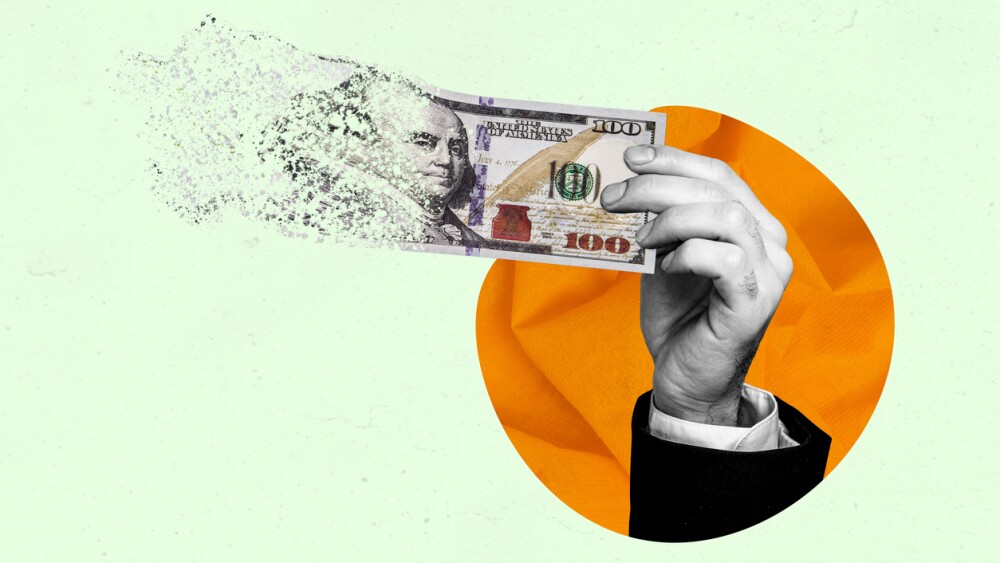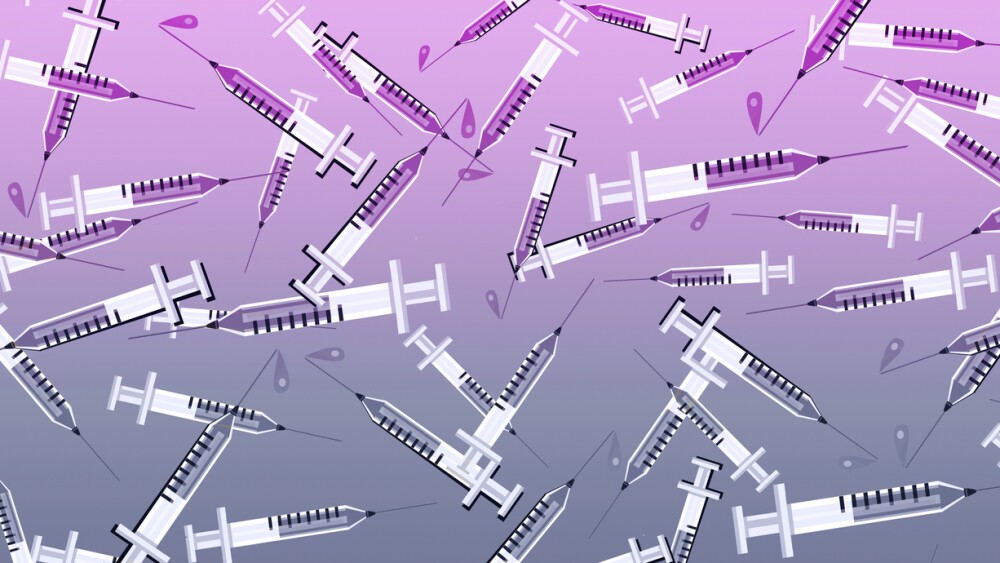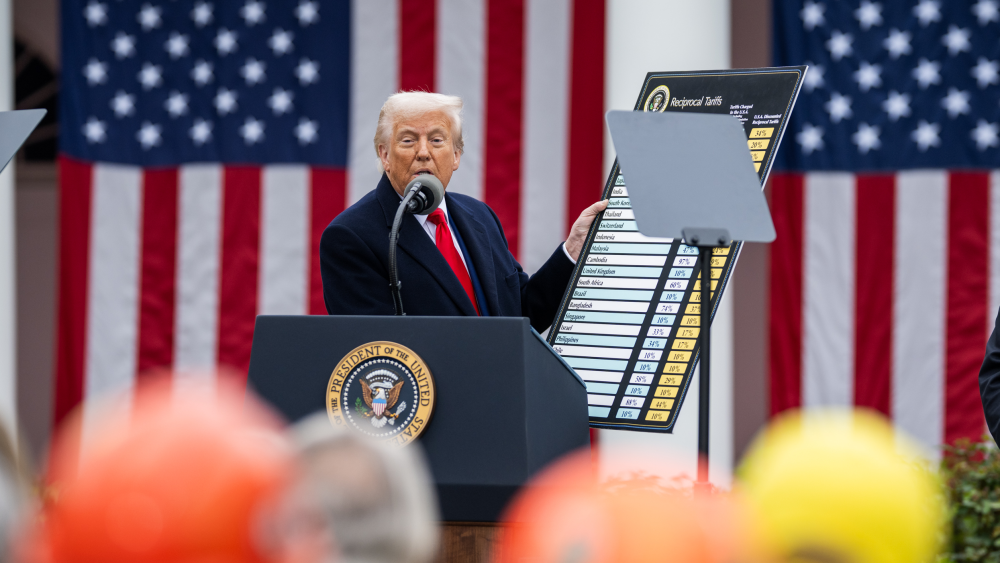With several of the first 10 selected drugs facing patent expirations and generic competition, the drug price negotiations dictated by the IRA may not greatly affect revenues. But that could change quickly.
Pictured: A pharmacist looking at a tablet in front of shelves of medicines/iStock, Lyndon Stratford
Despite opposition from the pharmaceutical industry and lawsuits filed by drugmakers in different federal courts seeking to halt the process, the Centers for Medicare and Medicaid Services Medicare is set to negotiate prices for 10 different drugs, as outlined by the Inflation Reduction Act. But several of these drugs are nearing upcoming patent expirations and soon to be facing generic competition, leading some analysts to suggest that the financial ramifications on manufacturers will be limited, at least in the near term and for this initial list of products.
For example, the patent for Merck’s Januvia (sitagliptin) is set to expire near the end of 2026—the year that negotiated Medicare prices would go into effect. Expiration is even closer for Johnson &Johnson’s biologic Stelara (ustekinumab). Stelara’s patent protections will start to expire this month, after which biosimilars could enter the U.S. market. In fact, Alvotech and Teva recently signed a settlement agreement with J&J that granted them a license for AVT04, their proposed biosimilar to Stelara. The deal will allow AVT04 to enter the U.S. marketplace no later than February 21, 2025. Also close to expiration is Xarelto (rivaroxaban), developed by Bayer and J&J, which is only patent protected until December 2024.
For other drugs on the list, however, patent expiration is still several years away. For these, the companies may experience greater financial loss. For example, Amgen’s Enbrel (etanercept), a biologic that received FDA approval in 1998, has enjoyed market exclusivity for 25 years. The current patent now extends to 2029 in the U.S., although three biosimilars are available in the European Union. And BMS’ Eliquis (apixaban), used for the prevention and treatment of blood clots, has a formulation patent that doesn’t expire until 2031.
“Some drugs to be negotiated will be closer to having generic competition than others, so impact on revenues will vary,” Steven D. Pearson, president of the Institute for Clinical and Economic Review (ICER), told BioSpace in an email.
Moreover, Aaron Kesselheim, professor of medicine at Harvard Medical School, argued that subsequent rounds of Medicare price negotiation will likely target fewer drugs nearing patent expiration. “This year is atypical because of the backlog of high-priced drugs and that so many of them are close to market exclusivity expiration,” he told BioSpace. “This is a unique feature of this batch of drugs.”
In future years, this will not be the case, he added. “The backlog will begin to clear out and prices will be negotiated with drugs that are further away from ending their market exclusivity.”
Patent Lives vs. IRA-Afforded Protections
The IRA grants biologics 13 years of exclusivity before they can be subject to price negotiations, and nine years for small molecule drugs. Geoffrey Joyce, director of Health Policy at the USC Schaeffer Center, told BioSpace in an email that overall, patents cover a 20-year period. However, they are typically filed early in the development process, usually following pre-clinical testing. The drug then must go through years of clinical testing and regulatory approval such that the effective patent life of a drug is in the 10- to 12-year range for non-biologics.
“The nine-year requirement, prior to being eligible for price negotiations, was designed to find drugs that had been on the market for a sufficient time to generate significant profits for the manufacturer but before generic entry wherein price negotiation on the brand drug would be irrelevant,” Joyce said. “This would have a limited impact on innovation.”
However, Kesselheim said that drugs aren’t usually protected by one patent. A patent on Novartis’ Entresto (sacubitril/valsartan), for example, is set to expire in July 2025, but other patents on the drug run until 2026, 2027 and 2036.
One estimate from the consultancy firm Vital Transformation points to lost revenues of $4.9 billion and $4 billion for biologics and small molecule drugs, respectively. But Joyce said he believes that the financial impact on biopharma to be substantially less.
“First of all, price negotiations already take place, but it’s PBMs and not Medicare that are negotiating with manufacturers,” he explained. “Medicare negotiations will lead to a much lower price than the current list price of the drug, but PBMs are already getting significant discounts today for drugs that have comparable competitors in the class.”
Therefore, if Medicare’s negotiated prices are not much lower than post-rebate prices, then the impact on manufacturer revenue and thus innovation would be limited. “So then why all the fuss?” Joyce said. “I think it’s because this is the first step for the government to set drug prices.”
Roxanne Nelson is a freelance science writer based in Seattle WA. Reach her at roxannenelson23@gmail.com.






